
|
 |

|
 |
Guru Shishya Parampara and today's Pedagogy of Dance - Charanya Gurusathya e-mail: charsathya@gmail.com February 20, 2019 (Second winner in the senior category in the 'Nrutya Shabda' essay writing competition conducted by Neha Muthiyan's Loud Applause and Swarada Dhekane's Samvaad blog) Restoring Indian tradition and culture Indian traditional dance styles are more than two thousand years old and there arises the need to create awareness and interest in the minds of younger generation, so that they are able to enjoy classical dance learning and performances in the real sense of the term keeping our age old tradition and culture intact. The perception of guru-shishya has endured despite all the contemporary methods adapted in dance pedagogy in India. The modern guru-shishya relationship is an intermingling of the traditional gurukul system and the modern teacher-student relationship. It is constantly changing by inventing new methods of teaching, innovative choreographies, differently interpreting our mythological stories but tries to maintain the hierarchy and unquestioning respect that existed in the traditional gurukul system. The modern guru-shishya trend is yet to find its balance in the space between tradition and modernity that Indian dance is currently undergoing. 
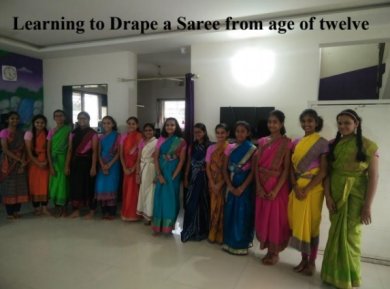
In traditional gurukul system the students spent one to one training, an extensive amount of time, with the guru. They were taught to do the daily chores of cleaning the house, washing vessels, cooking, washing clothes; which taught them the value of self-esteem. Basic education was also imparted. Dance and music were taught at a very slow pace which in turn taught them perseverance, dedication and devotion to the art. Dance students dedicated their entire time to the art. They learnt other art forms such as painting, sculpting and music to enhance their creativity, understanding and practice of dance. Since the 1930s the need to educate and nurture traditional Indian classical dance led to the establishment of various dance institutes that resulted in traditional teachers leaving their rural quay and coming to teach in big cities. This took away the role of the gurukul system from the one-to-one method of dance training to group lessons. One of the reasons why classical arts are not very popular now is because people have stopped relating to them and has affected the attitude of dancers. The modern generation parents and students are not willing to invest time and effort into it; everything needs to be fast - learning, performing on a stage, accomplishment of name, fame, awards. Young dancers are willing to take two months training of freestyle dance forms like hip hop, salsa and zumba but a period of two to three years to learn the basics of classical dance seems to be unreasonable. In 2003, an initiative from the Government of India, Department of Culture to preserve and promote art forms in classical, folk and tribal led to 'Guru Shishya Parampara Scheme' where financial assistance in the form of scholarship is given to needy students who study the art forms under the guidance of experts. However, the inquisitive tone under which present generation of students grows and lives makes the teaching methods more challenging to gurus who have to explain every aspect of the teaching. 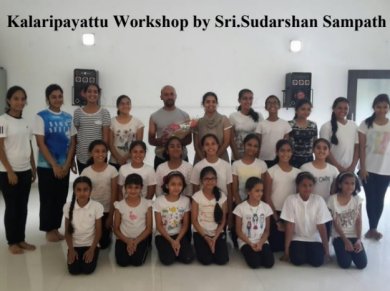
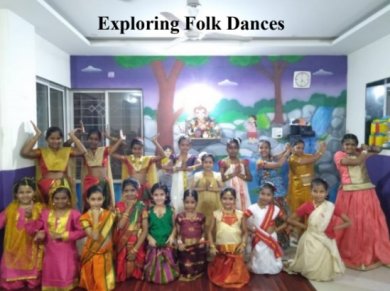
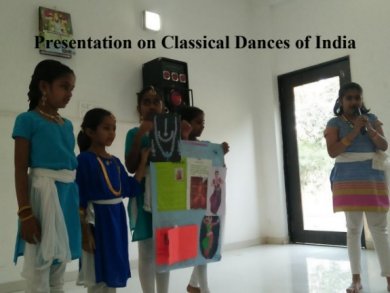
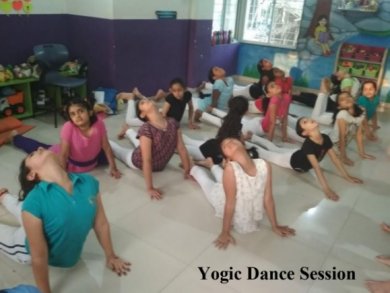
Today's pedagogy of classical dance aims to teach the moral value system of life by helping the students work in teams, asking them to be punctual to class, understanding theoretical aspects of the classical dance through practical learning and understanding of the shlokams from the Natyashastra. Indian culture is taught by relating mythological stories to the current scenario. There is wider scope to learn and understand the contemporary styles like Kalaripayattu-martial art of Kerala, folk dances of India like Kalbelia, Garba, Koli, Bhangda, Bihu, Lavani, thereby explaining about the importance of our festivals and traditions. The invention of creative dancing through experimentation with abstract themes like nature, elements, personalities, characters, emotions creates new choreographic expressions which keeps the interest of the students intact. Through my experience in teaching for the past fifteen years, listed below are a few suggested practices. These can be adopted for sustaining Indian culture and make dance learning effective, in turn creating curiosity and interest amongst the younger generation. Pedagogy of Indian Dance
The transformations in dance pedagogy, the teacher-disciple lineage in India is invariably intricate and fascinating. The revered teacher-student bond is not a generation gap, it is a generation's desire to reshape the hierarchy and rewrite the rules. The goal lies in transforming the student into a good human being - where the teacher understands the need to evolve, connect with the students; parents who support both the teacher and their child; the student's patience and perseverance - will go a long way in conserving the tradition of learning. "It is the supreme art of the teacher to awaken joy in creative expression and knowledge," says Albert Einstein. References narthaki.com/info/articles/art389.html kalasamvaad.blogspot.com/2018/09/kalasutri-bahuliya-dying -puppetryart.html?m=1&fbclid=IwAR3WbNh8b_bZ6BtobDu- VYp2Cwj0M9vs65GhddwTMgaAM1ol9yMhXNnPS5Q Charanya Gurusathya is the artistic director of Natyashala School of Bharatanatyam, Pune. Comments * Very beautiful write up, Charanya. The article describes so much in detail about the gurukul way of learning art from their Gurus! Would really hope the tradition is restored! - Shru (Feb 28, 2019) * Wonderful work Charanya Gurusathya...... Would love to read about more such methodology of teaching and other innovative work.... - Sowmiya Lakshmanan (Feb 27, 2019) Post your comments Please provide your name and email id when you use the Anonymous profile in the blog to post a comment. All appropriate comments posted with name & email id in the blog will also be featured in the site. |